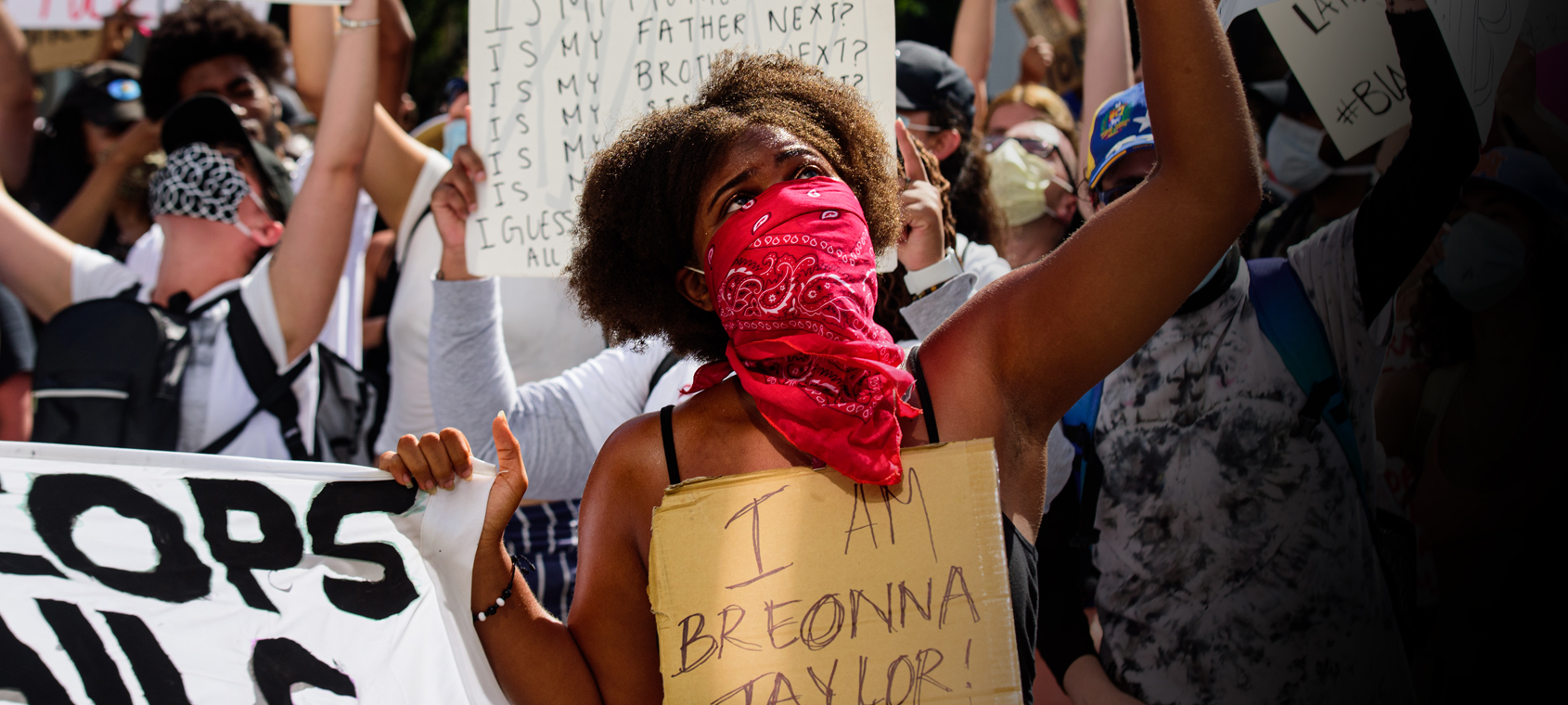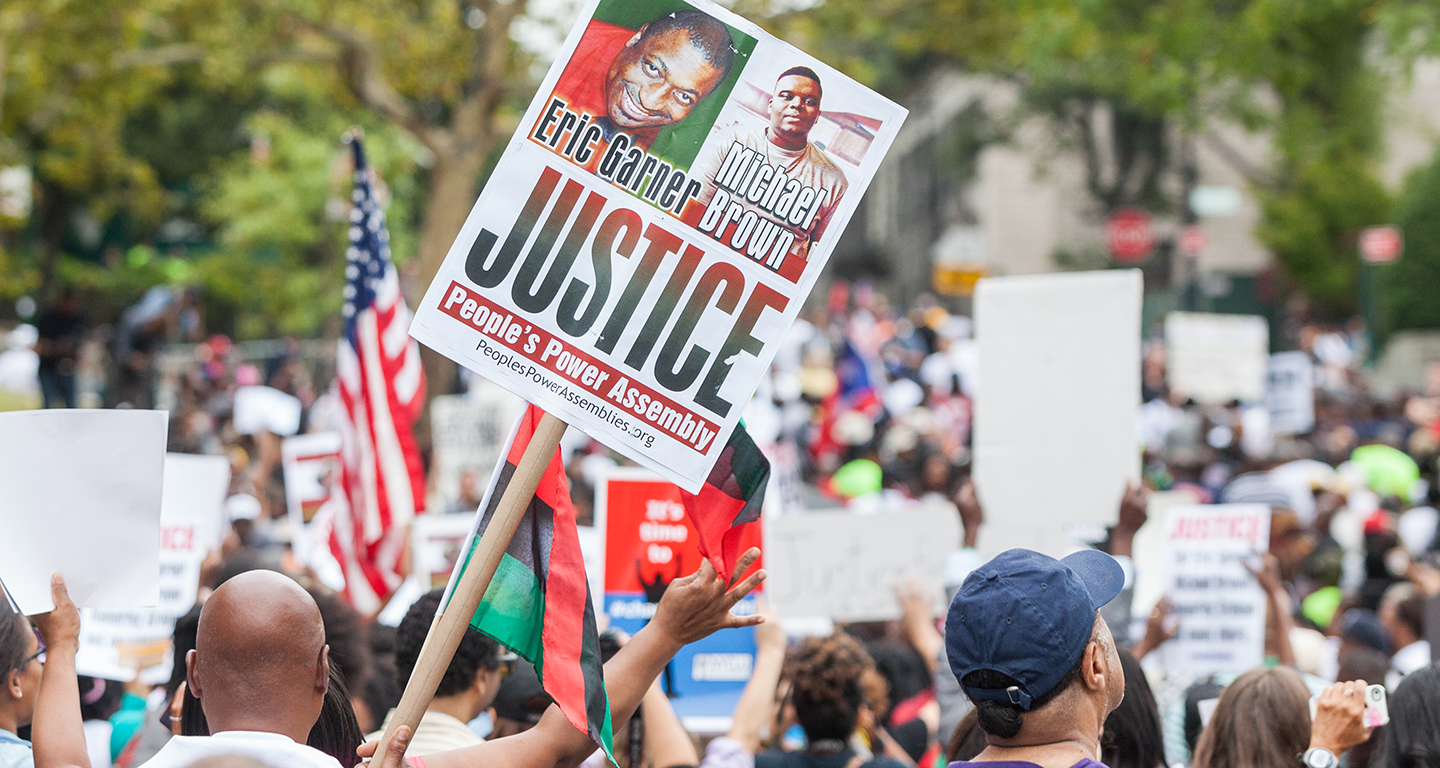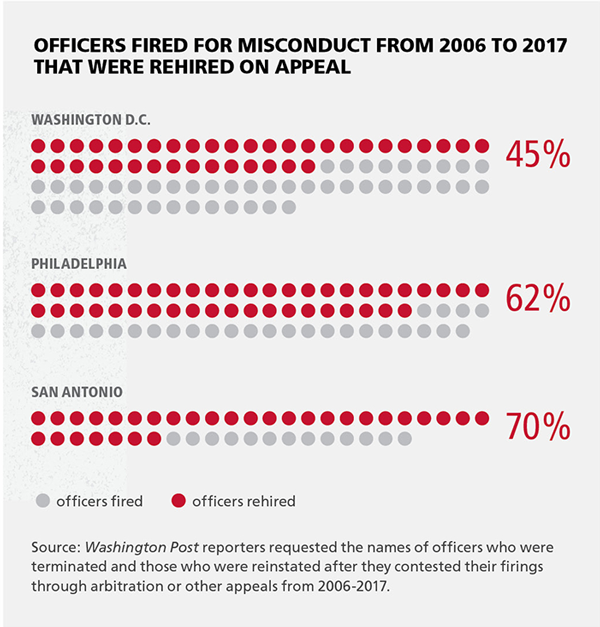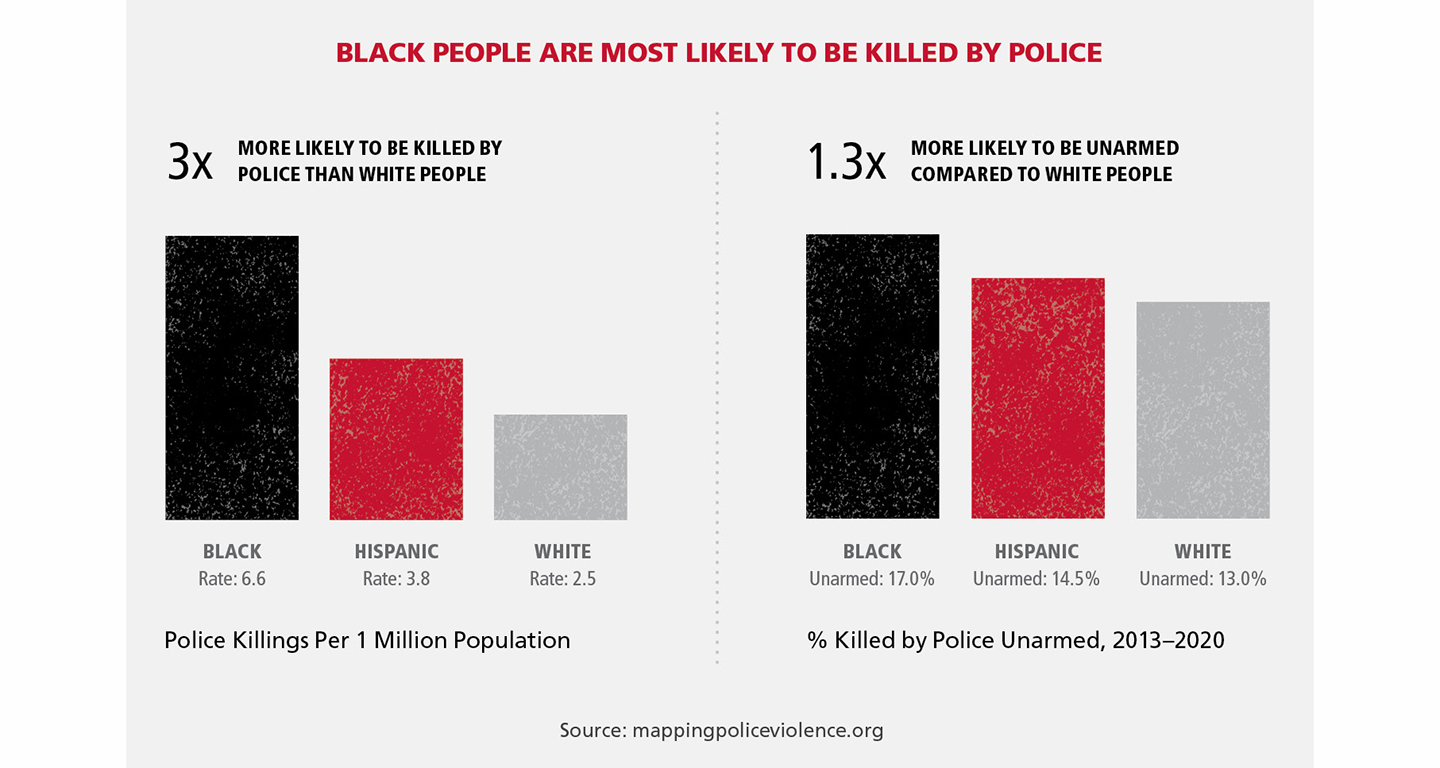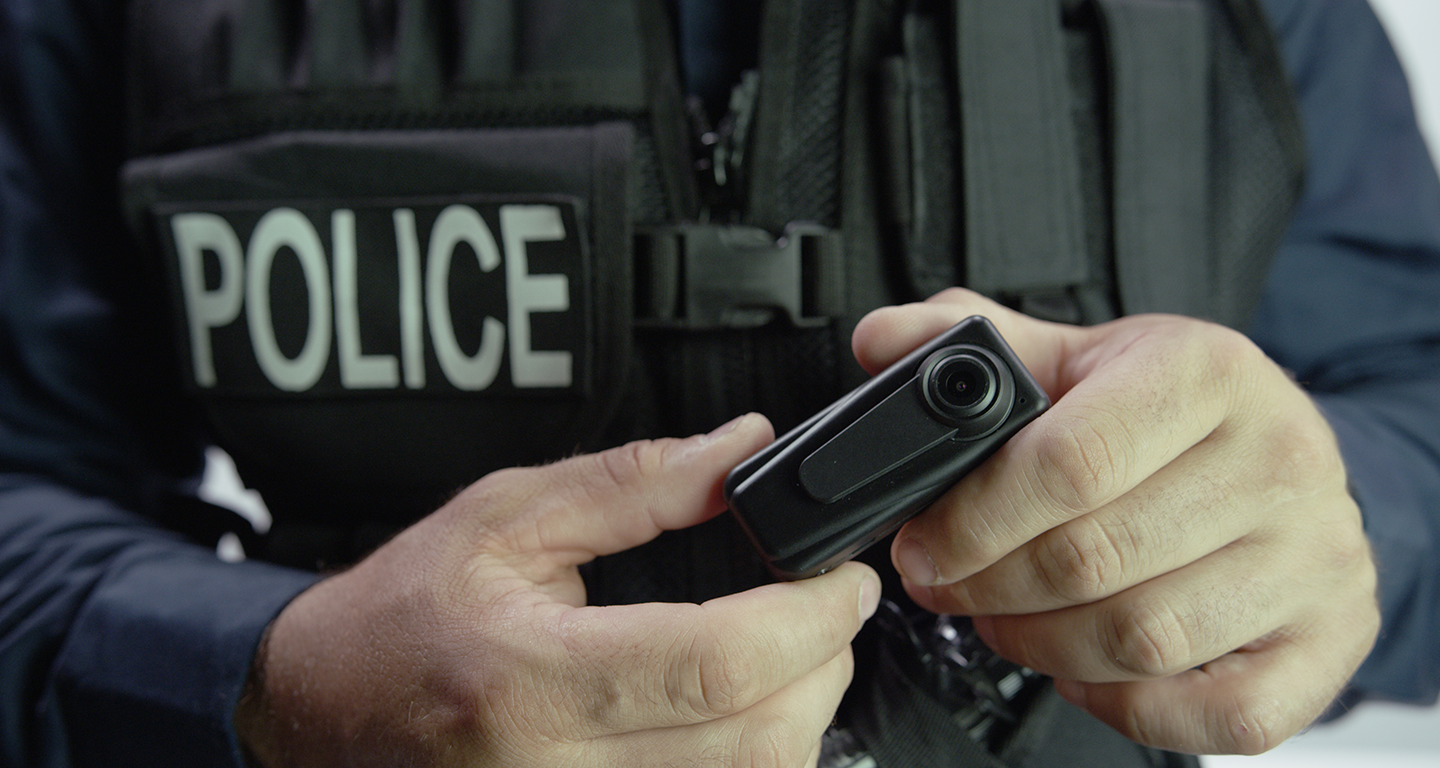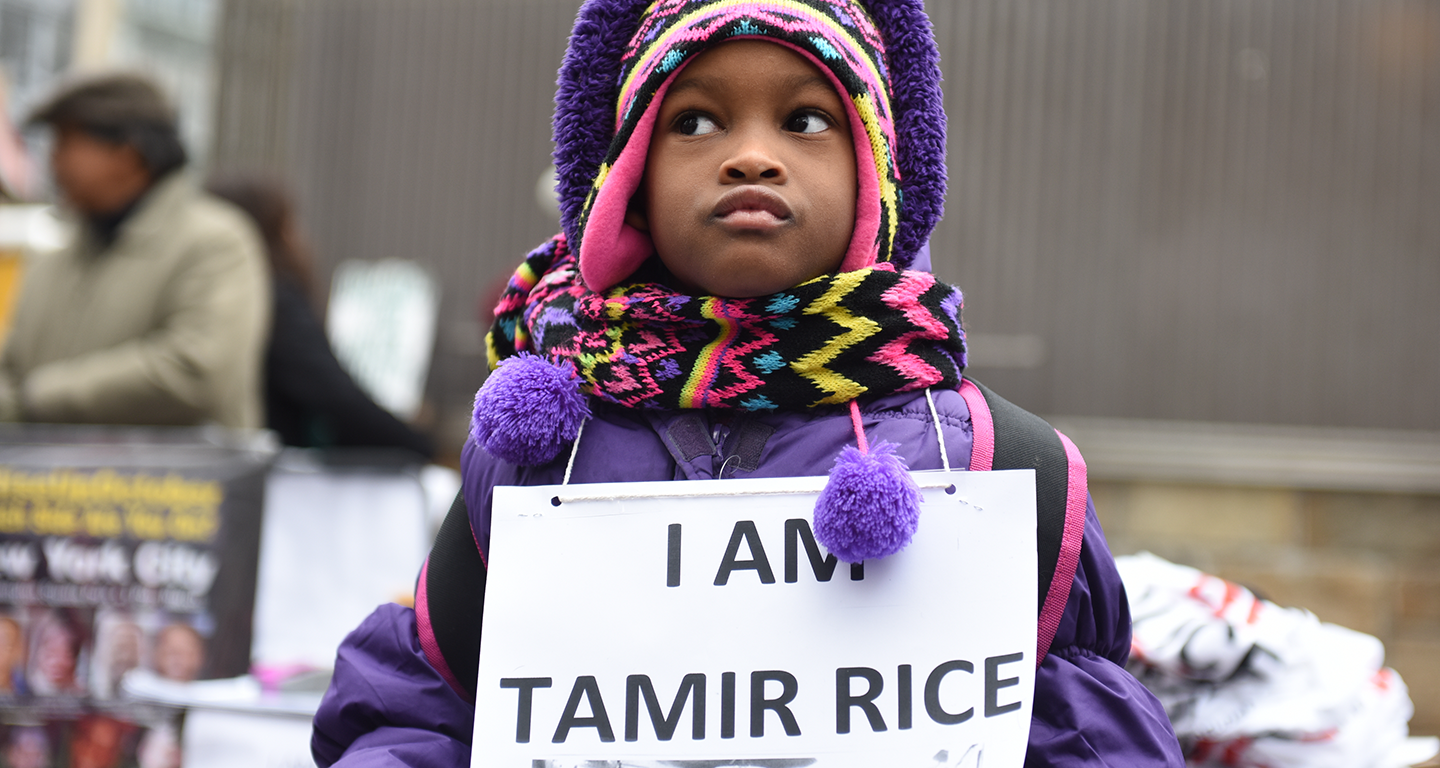Police Reform Legislation
Policing in America has always been the entry into the criminal justice system. A system that has clear links to slavery, Black Codes, and Jim Crow laws now looks like targeted policing, brutality, and mass incarceration. For many in America, policing has never been synonymous with public safety. To address that, the National Urban League is doing the work to redefine public safety with bold ideas that center on the following premise: people should feel safe in their homes and communities.
The National Urban League produced its 21 Pillars for Redefining Public Safety and Restoring Community Trust (“21 Pillars”) to offer a framework for advocacy that redefines public safety and restores community trust – paving a way beyond the status quo. Our forward-thinking plan is emphasized by five key themes designed to promote the protection and preservation of life, dignity, and trust while also building safer communities.
21 Pillars has influenced policing reform legislation locally and also nationally through the Biden Administration’s adoption of 12 of the 21 pillars in Executive Order 14074. Since EJSI established the framework, the Department of Justice has launched nearly a dozen investigations initiated by our advocacy.
1. Collaborate with Communities to Re-Envision Public Safety
3. Change Divisive Policing Policies
4. Require Transparency, Reporting and Data Collection
5. Improve Hiring Standards and Training
For more than two years, Congress has been at a stalemate on the George Floyd Justice in Policing Act, which would implement many of the changes that the 21 Pillars recommends. However, heeding advocates calls for reform, the Biden Administration released its Executive Order on May 25, 2022“ Advancing Effective, Accountable Policing, and Criminal Justice Practices to Enhance Public Trust and Public Safety.” In its opening statement, the Executive Order reflects on the same themes around which the 21 Pillars report is centered: 1) Collaborate with Communities to Re-Envision Public Safety; 2) Accountability; 3) Change Divisive Policing Policies; 4) Require Transparency, Reporting, and Data Collection; and 5) Improve Hiring Standards and Training. In the Administration’s words, Biden says:
It is therefore the policy of my Administration to increase public trust and enhance public safety and security by encouraging equitable and community-oriented policing. We must commit to new practices in law enforcement recruitment, hiring, promotion, and retention, as well as training, oversight, and accountability.
|
21 Pillars |
Covered by Biden’s Executive Order |
|
Pillar 1: Empower Communities to Re-Envision Public Safety in an Equitable and Just Way |
No |
|
Pillar 2: End Broken Windows Policing and Implement Community Policing Model |
No |
|
Pillar 3: Prohibit Profiling Based on Race, Ethnicity, Religion, Sexual Orientation, Gender Identity, Disability, or Immigration Status |
Yes (See EO, Section 9) |
|
Pillar 4: Address the Needs of Individuals Experiencing Mental Health Crisis |
Yes (See EO, Section 14) |
|
Pillar 5: Hold Police Accountable in Court |
No |
|
Pillar 6: Prevent Police Union Contracts From Blocking Accountability |
No |
|
Pillar 7: Investigate Police Misconduct |
Yes (See EO, Section 5) |
|
Pillar 8: Create or Strengthen Independent All-Civilian Community-Based Review Board With Final Authority |
No |
|
Pillar 9: Revise Use of Force Policies |
Yes (See EO, Section 8) |
|
Pillar 10: Ban Chokeholds, No-Knock Warrants, and Shooting at Moving Vehicles |
Yes (See EO, Section 7 and 10) |
|
Pillar 11: Eliminate Police From Schools |
No |
|
Pillar 12: Demilitarize The Police Force |
Yes (See EO, Section 12) |
|
Pillar 13: Ban Civil Asset Forfeiture |
No |
|
Pillar 14: Collect Data on Police Misconduct and Use of Force |
Yes (See EO, Section 6 and 11) |
|
Pillar 15: Mandate Use of Dashboard and Body-Worn Cameras and Provide Access to Footage |
Yes (See EO, Section 13) |
|
Pillar 16: Conduct Financial and Operating Audits of Police Departments |
No |
|
Pillar 17: Require Transparency And Community Input With Predictive Policing, Facial Recognition Technology, and Any New Technologies |
Yes (See EO, Section 13) |
|
Pillar 18: Adopt A National Accreditation System |
Yes (See EO, Section 19) |
|
Pillar 19: Expand the National Decertification Index |
No |
|
Pillar 20: Strengthen Police Hiring Standards And Improve Training to Build Integrity and Trust |
Yes (See EO, Section 3) |
|
Pillar 21: Increase Diversity and Equity In Both The Leadership And Ranks of Local, State, And Federal Law Enforcement |
Yes (See EO, Section 11) |
Read and Download a Summary of the Plan:
Watch a Discussion with the Authors of the Plan:
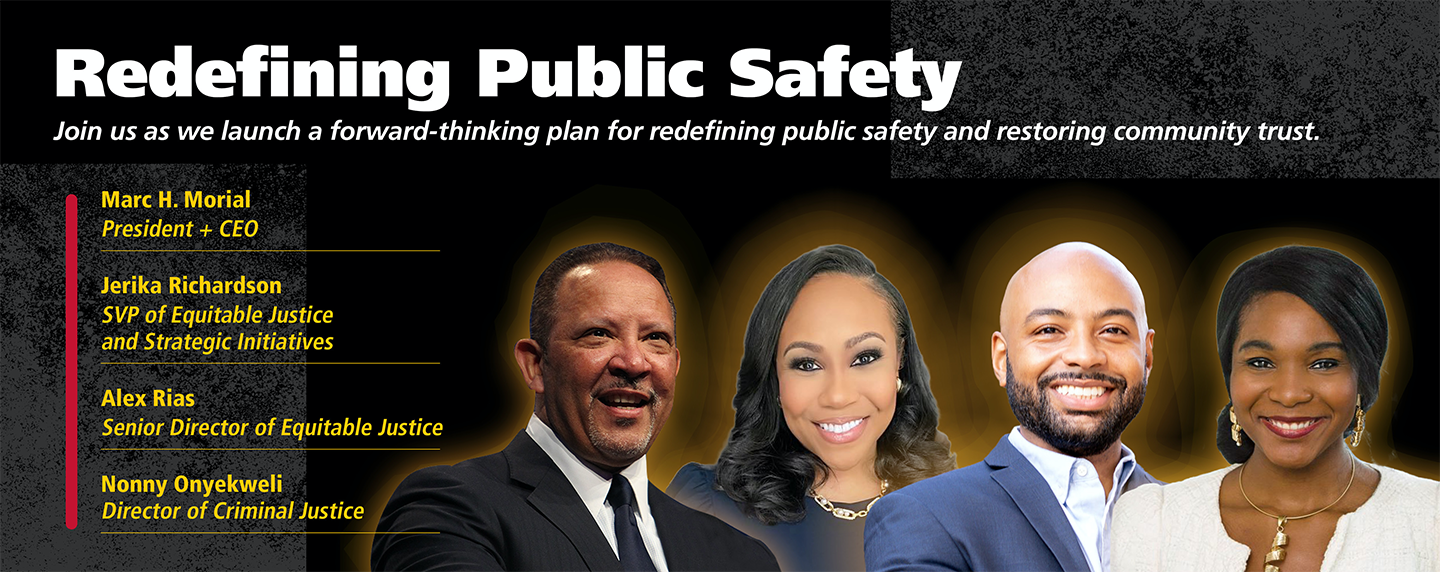
Watch the 21 Pillars Heartland Tour:
-
Empower Communities to Re-Envision Public Safety in an Equitable and Just Way
Communities are empowered when public safety institutions engage in public dialogue and commit to structural change. Implementing truth and reconciliation commissions and committing to a study of internal policies are preliminary steps toward culture change in police departments. Community empowerment is also achieved through reinvestment in social services and by offering public grants to nonprofit organizations dedicated to public safety services.
-
End Broken Windows Policing and Implement Community Policing Model
Ending broken windows police requires rethinking quality of life enforcement. Changing the way our public safety system treats low-level offenses (such as public intoxication and loitering) and developing diversionary programs will help. Under a community policing model, evaluation metrics for officers emphasize crime-prevention and problem solving, community engagement and community feedback, rather than tickets and arrests. To achieve a community policing model, departments should require community engagement on policing policies, practices, and priorities.
-
Address The Needs of Individuals Experiencing Mental Health Crisis
States and local governments must invest in crisis response programs that address public health and safety to adequately meet community needs by establishing mental health advisory boards. Boards must be staffed with inter-disciplinary providers, and all officers and public-facing responders and staff must receive crisis intervention training.
-
Hold Police Accountable in Court
We must remove the shield of qualified immunity to hold police accountable in court. We need Congressional action to amend the federal criminal statute to lower the “mens rea” (state of mind) threshold for an officer to be prosecuted from “willfulness” to “recklessness.” This will rebalance the scales of justice in our public safety system. Additionally, it should be illegal for law enforcement officers to engage in sexual acts with people in their custody regardless of alleged consent.
-
Prevent Police Union Contracts From Blocking Accountability
Police union contracts should not shield officers from fair discipline by removing all disciplinary matters from the union contract negotiations. We must give community members a seat at the table at union contract negotiations by requiring community representation in union contract negotiations. States and cities should prevent police unions from blocking accountability by repealing Law Enforcement Police Bill of Rights and eliminating police union influence over politics by limiting union political contributions.
-
Revise Use of Force Policies
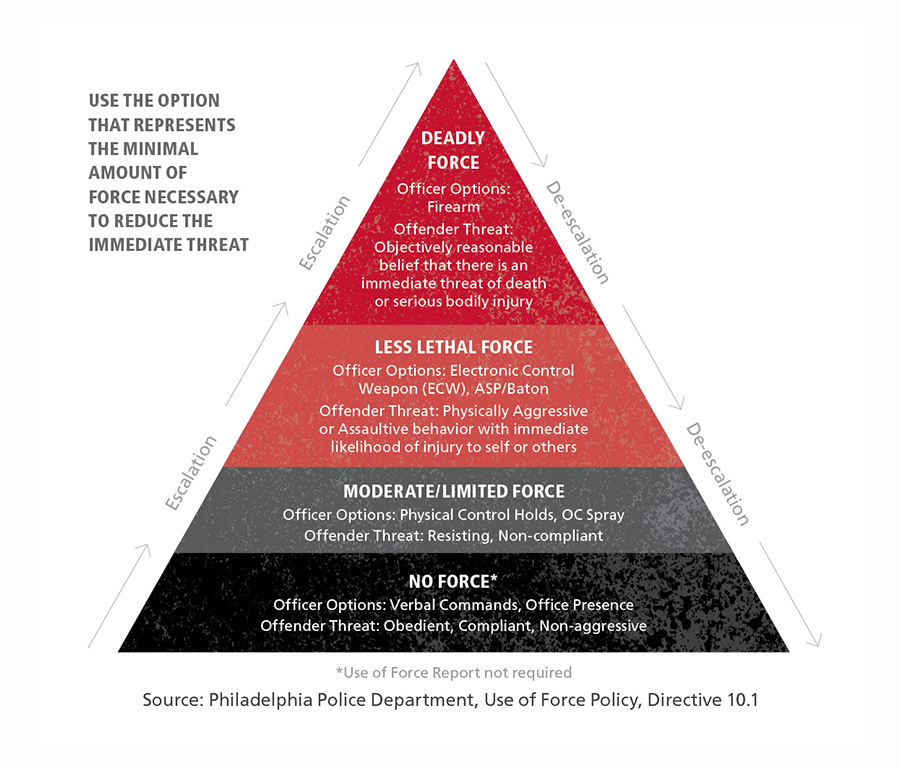 Use of force policies must respect the dignity of life by permitting the use of deadly force only as a last resort and meeting the use of force test for proportionality. All agencies should adopt a de-escalation policy requiring verbal and non-verbal techniques. The force used by an officer should be evaluated and justified based on whether it was “necessary” rather than “reasonable.”
Use of force policies must respect the dignity of life by permitting the use of deadly force only as a last resort and meeting the use of force test for proportionality. All agencies should adopt a de-escalation policy requiring verbal and non-verbal techniques. The force used by an officer should be evaluated and justified based on whether it was “necessary” rather than “reasonable.”
-
-
Ban Chokeholds, No-Knock Warrants and Shooting at Moving Vehicles

Police department manuals and practices must be examined to uproot divisive policies that put lives at risk. We must ban chokeholds and strangleholds, no knock-warrants, and shooting at moving vehicles.
-
Collect Data on Police Misconduct and Use of Force
We must improve transparency by developing a national police misconduct registry, that includes, amongst other things, excessive force, racial profiling, sexual assault, perjury and falsifying a police report, and creating a national citizen database of complaints against police. Improving transparency also calls for collecting data on actions and detentions by law enforcement agencies and requiring states and local agencies to report use of force data, disaggregated by race, sex, disability, religion, and age.
-
Mandate Use of Dashboard and Body-Worn Cameras and Provide Access to Footage
We need national standards on the adoption, use and activation of body-worn cameras and dashboard cameras. Body-worn cameras have been critical in shedding a light on police brutality, and they are useful tools for justice. All police departments should be outfitted with a body-worn camera usage and storage program. All officers must be required to wear functioning body-worn cameras, and all police cars should have functioning dash cameras. Prosecutorial and oversight bodies should have direct access to the relevant footage. Policies should also strictly prohibit the tampering of footage or unauthorized access to footage.
-
Expand The National Decertification Index
The National Decertification Index, which tracks all decertified police officers, must be expanded to track data on officers who have been fired or resigned due to police misconduct. Agencies should be required to contribute to the Index and use it as a metric for all hiring decisions. This is an important step to prevent problematic officers from moving from one department to the next.


